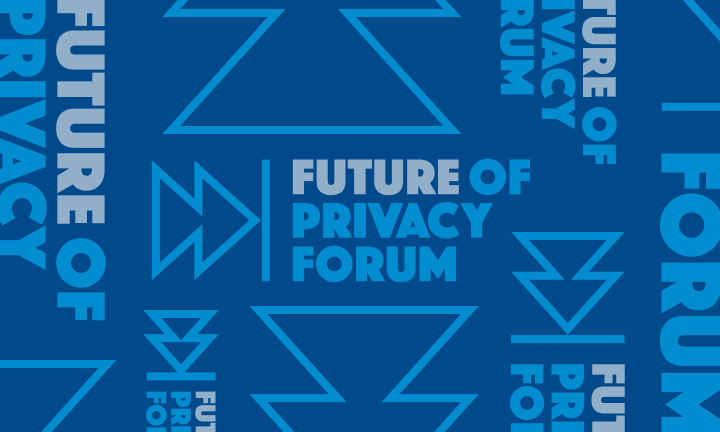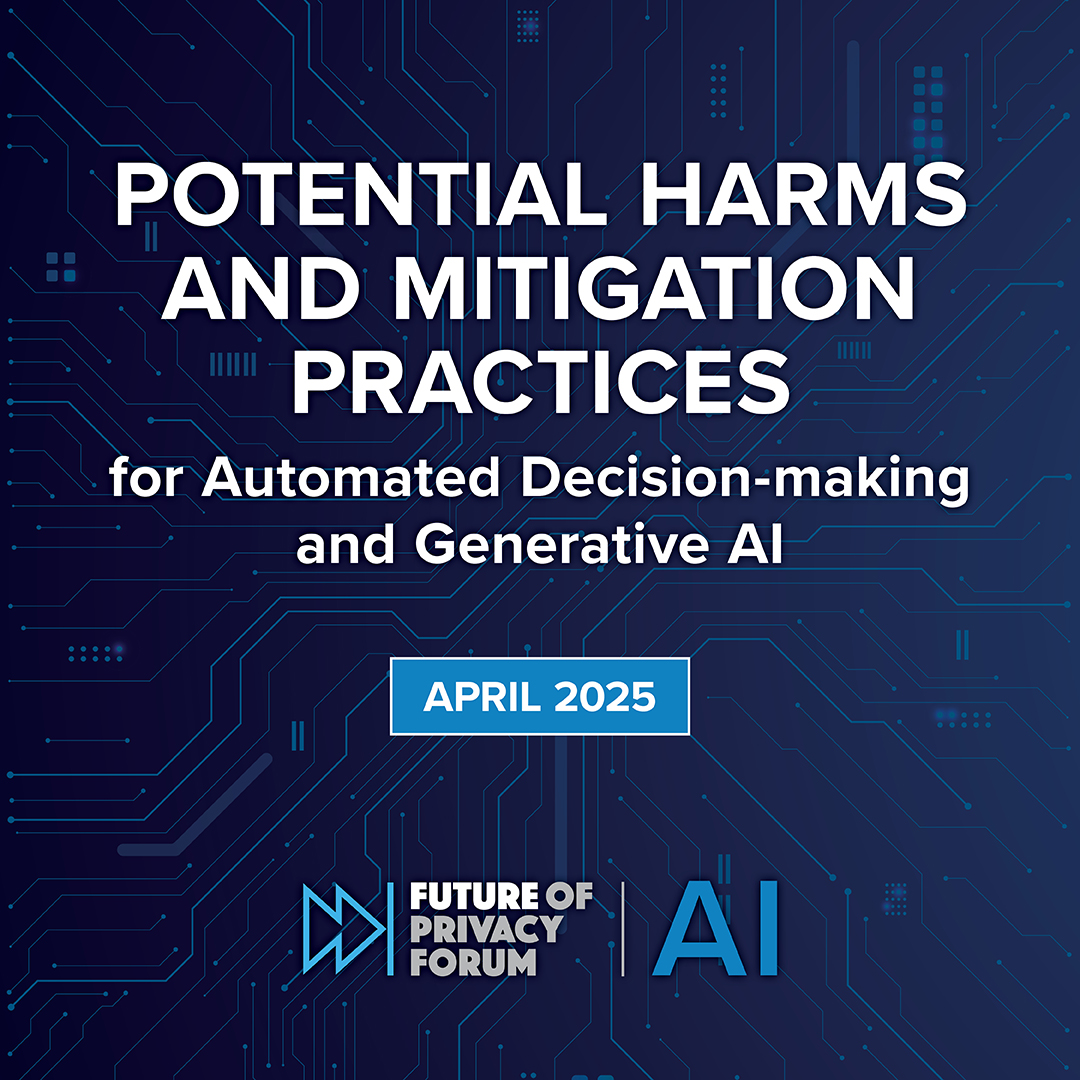Showing results for planfully call 614 647 0039 electrical service feed jspivack fpf org fpf org planfully call 800 387 0073 614 647 0039 fpf.org 1-800-387-0073 call 614 647 0039 call 1 0073 614 647 0039 614 647 0039 800 387 0073 614 647 0039

Potential Harms And Mitigation Practices for Automated Decision-making and Generative AI
[…] . 1 Overview of 2025 Update Automated analysis of personal data, including through the use of artificial intelligence and machine learning tools, can be used to improve services, advance research, and combat discrimination. However, automated decision-making can also lead to potential harms in higher risk contexts, such as hiring, education, and healthcare, as well […]

Potential Harms And Mitigation Practices for Automated Decision-making and Generative AI
FPF has updated our 2017 resource (“Distilling the Harms of Automated Decision-making”) with the goal of identifying and categorizing a broad range of potential harms that may result from automated decision-making, including heightened harms related to generative AI (GenAI), and potential mitigation practices. FPF reviewed leading books, articles, and other literature on the […]

FPF AI Harms Charts Only R2
[…] credit to all residents in specified neighborhoods (“redlining”)E.g. Not presenting certain credit offers to members of certain groups, or unfairly referencing others Differential Pricing of Goods and Services Differential Access to Goods and Services E.g. Raising online prices based on membership in a protected classE.g. Presenting product discounts based on “ethnic affinity” Narrowing of […]

FPF AI Harms R5
[…] . 1 Overview of 2025 Update Automated analysis of personal data, including through the use of artificial intelligence and machine learning tools, can be used to improve services, advance research, and combat discrimination. However, automated decision-making can also lead to potential harms in higher risk contexts, such as hiring, education, and healthcare, as well […]


FPF Publishes Infographic, Readiness Checklist To Support Schools Responding to Deepfakes
[…] schools better understand and prepare for the risks posed by deepfakes. Deepfakes are realistic, synthetic media, including images, videos, audio, and text, created using a type of Artificial Intelligence (AI) called deep learning. By manipulating existing media, deepfakes can make it appear as though someone is doing or saying something that they never actually did.

Chatbots in Check: Utah’s Latest AI Legislation
[…] SB 332 and SB 226 update Utah’s Artificial Intelligence Policy Act (SB 149), which took effect May 1, 2024. The AIPA requires entities using consumer-facing generative AI services to interact with individuals within regulated professions (those requiring a state-granted license such as accountants, psychologists, and nurses) to disclose that individuals are interacting with generative […]

FPF-Deep Fake_illo03-FPF-AI
[…] your school have that may apply? Community dynamics are considered when constructing any public communication regarding the incident; all communication is consistent and mindful of privacy impacts. What processes does your school have to ensure the privacy of students and minimize harm when communicating? Real-World Example Deepfake non-consensual intimate imagery (NCII) can be generated by face-swapping, replacing one person’s face with another’s face, or digitally “undressing” a clothed image to appear nude. In the case where NCII involves minors, it may also be considered Child Sexual Abuse Material (CSAM). These deepfakes raise many of the same issues as non-synthetic NCII and CSAM, though potential ofenders may not appreciate the serious, criminal implications. While many of these deepfakes may be created and shared outside of school, schools are required to address of-campus behavior that creates a “hostile environment” in the school. Consider how your school would respond to the below incident as it unfolds. For more resources visit studentprivacycompass.org/deepfakes IMAGE TThese forgeries can convincingly alter or create static images of people, objects, or settings that are entirely or partially fabricated. Methods like face swapping, morphing, and style transfer are often used. AUDIO By mimicking vocal traits, audio deepfakes can convincingly replicate a person’s voice. They can be used to fabricate phone calls, voice messages, or public addresses. DEEPFAKES PRINCIPAL UPDATE

FPF Publishes Infographic, Readiness Checklist To Support Schools Responding to Deepfakes
[…] and prepare for the risks posed by deepfakes. Deepfakes are realistic, synthetic media, including images, videos, audio, and text, created using a type of Artificial Intelligence (AI) called deep learning. By manipulating existing media, deepfakes can make it appear as though someone is doing or saying something that they never actually did. Download the […]
